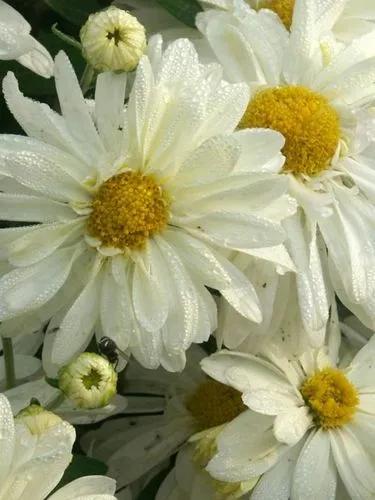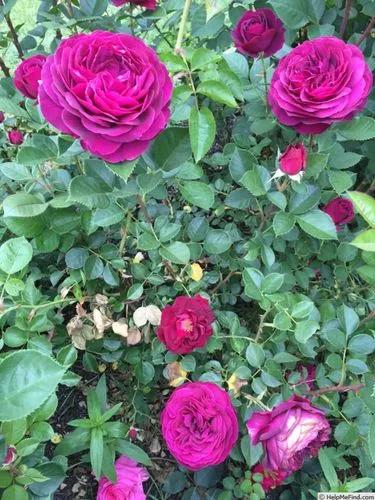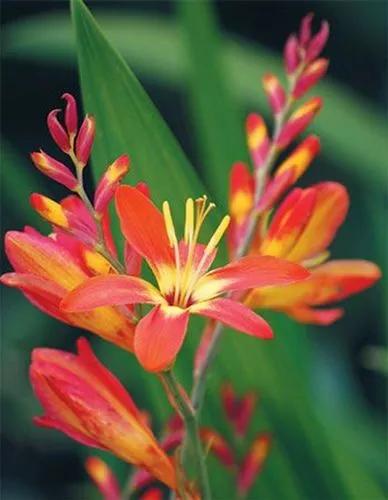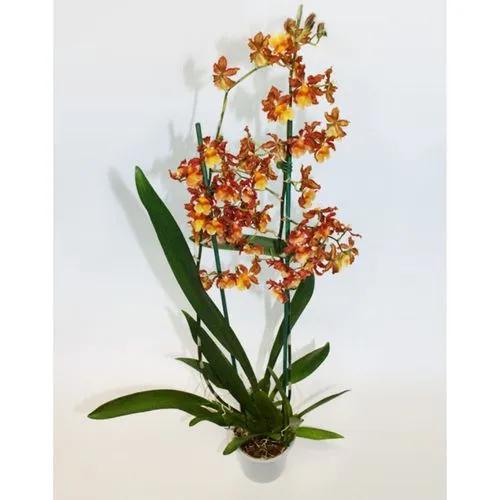Growing to 50 cm (20 in) tall and broad, it is a mat-forming herbaceous perennial with small ovoid leaves and bright blue flowers in late summer and early autumn. The leaves may turn red or purple before falling. The Latin specific epithet plumbaginoides signifies its resemblance to plants in the closely related genus Plumbago. Ceratostigma plumbaginoides is grown as an ornamental plant in temperate climates, valued for its late season colour. It is hardy down to −10 °C (14 °F), but prefers a sunny, sheltered position in moist, well-drained soil. As it can become invasive, it is particularly suited to growing in a pot, or crevices in a dry stone wall.[
Ceratostigma Plumbaginoides Care
Ceratostigma Plumbaginoides
Other names: Dwarf Plumbago



How to Care for the Plant

Water

The soil cannot remain too wet (particularly in winter), as these plants will rot.

Pruning

In early or mid-spring cut back the flowered shoots to within 2.5cm (1in) of the old growth. After pruning apply a generous 5-7cm mulch of well-rotted garden compost or manure around the base of the plant.

Fertilizer

For the best growth and an abundant blooming, add flower plant fertilizer or shrub fertilizer every two weeks in spring and summer. Stop adding fertilizer as soon as your plumbago has stopped blooming.

Sunlight

Part Sun to Sun.

Soil

Moist but well-drained soil in full sun ·

Temperature

In North China and other temperate regions, there is an objective Flower cultivation for temperature. The optimum temperature for growth is 25℃. It likes light and is slightly tolerant to sunlight.

Container

Use a frost-proof pot – you’ll find a great selection in a variety of materials from terracotta to lead effect and lightweight moulded plastic in our container section.

Additional

Ceratostigma plumbaginoides has no toxic effects reported.

Popularity

389 people already have this plant 62 people have added this plant to their wishlists
Discover more plants with the list below
Popular articles






